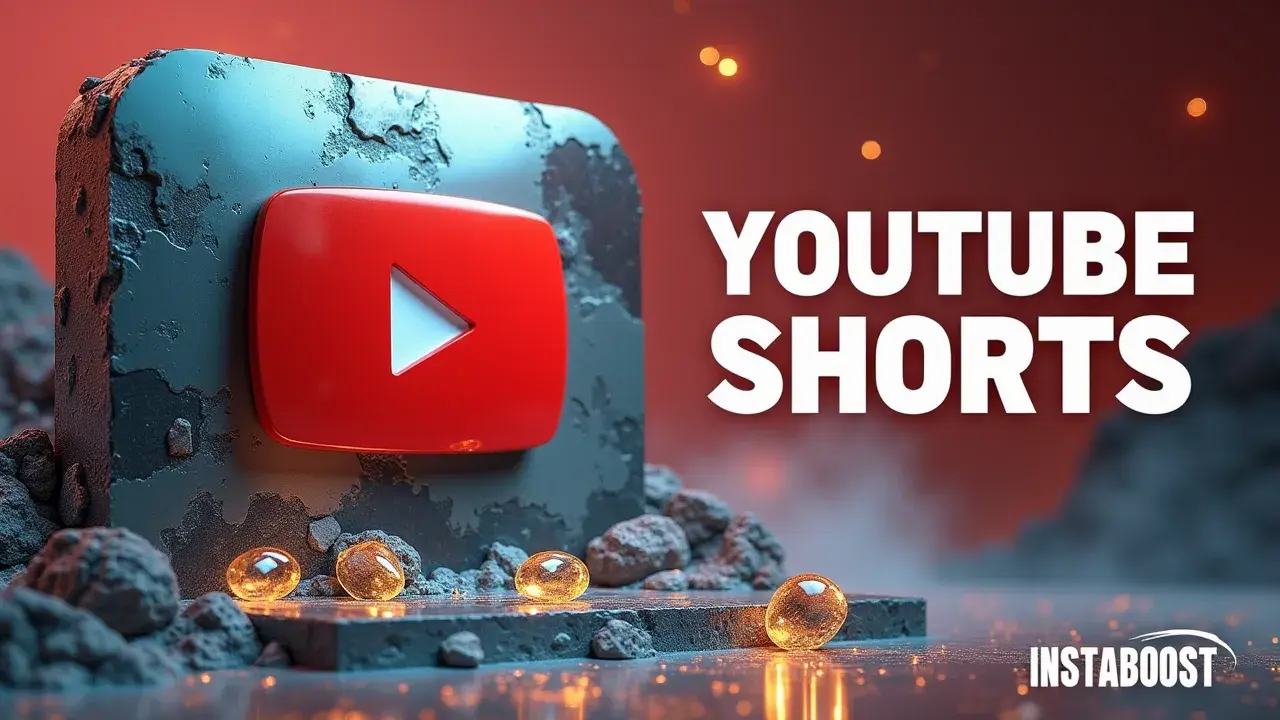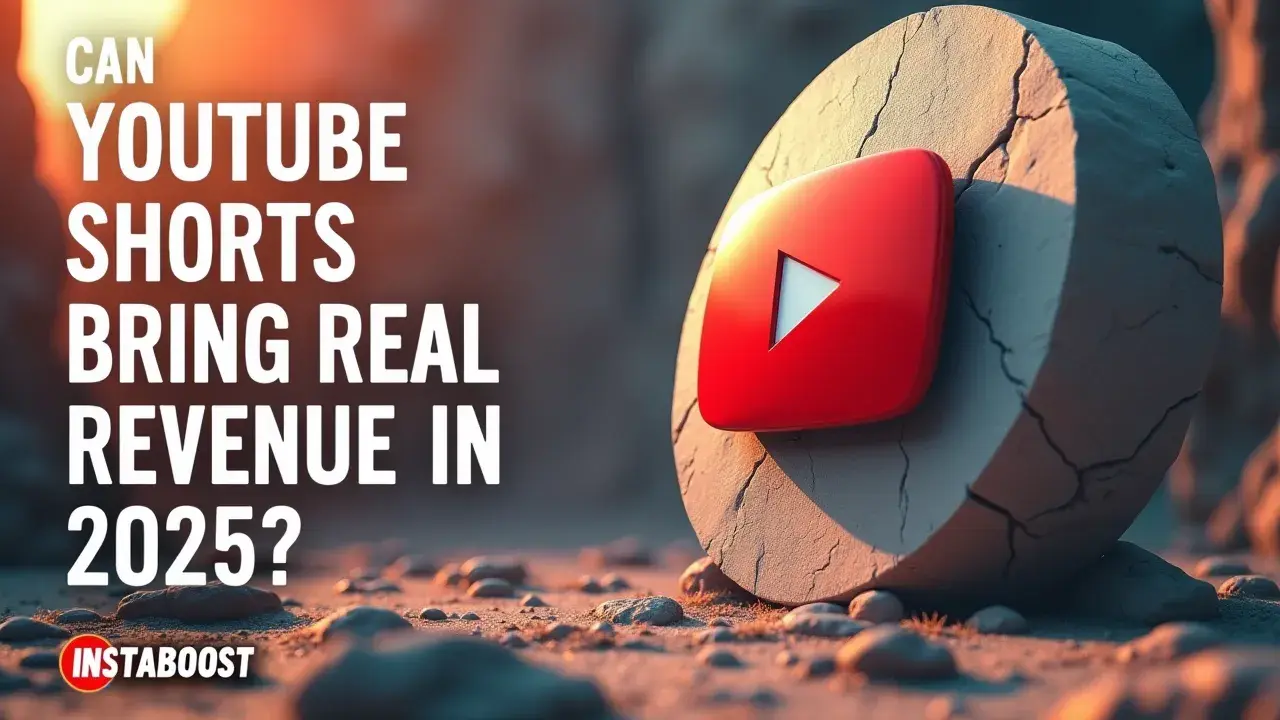Can YouTube Shorts Bring Real Revenue in 2025?
YouTube Shorts can generate meaningful revenue when aligned with emerging trends and platform updates. Earnings depend on factors like audience retention, consistency, and how Shorts integrate with broader monetization options such as ads and creator programs. Results vary with content quality, niche demand, and how well creators adapt to evolving features and payout structures. Focusing on high-retention formats and measuring watch patterns offers a smart path to reliable income.
Rethinking Revenue: Where YouTube Shorts Fit In
YouTube Shorts have pushed a lot of us to rethink what it actually means to make videos online, and how people might earn a living from it. It used to feel pretty clear: if you wanted to do well on YouTube, you made longer videos, put in the editing, and hoped for solid ad revenue. Now, with so much energy going into Shorts and YouTube competing with TikTok and Instagram Reels, it’s hard not to wonder if these quick, vertical clips could become a real way to make money in 2025, or if they’re just good for fast, surface-level attention. The numbers are huge – billions of views every day – but getting paid from Shorts still isn’t straightforward.
There’s the ad revenue split, a few bonus programs like the Shorts Fund, but how much you’ll actually make can swing around a lot. It’s obvious that Shorts can help your channel grow or give you a big spike in watch time, but turning that into steady income still feels unproven. If you’re trying to figure out if working on Shorts makes sense for you next year, it’s probably worth looking beyond the obvious metrics – like subscriber counts or chasing something viral – and thinking about how people are responding, how long they’re watching, and whether your Shorts are reaching folks who might stick around.
Some creators, and companies like INSTABOOST that help them out, are already starting to look at YouTube success differently, focusing less on quick wins and more on building something stable over time.
Some creators, and companies like INSTABOOST that help them out, are already starting to look at YouTube success differently, focusing less on quick wins and more on building something stable over time.
It’s interesting, actually – sometimes you notice how the ones who grow faster on YouTube are the ones who manage to balance that regular, honest connection with viewers while still adapting to all the changes. So much of it comes down to whether you can keep up with YouTube’s changes – how they handle algorithms and payouts – and whether you can keep making things that feel honest, regular, and interesting to real people, even if you aren’t always chasing the biggest numbers.

Why Subscriber Count No Longer Predicts Short-Form Success
There was one metric that really threw off an entire campaign, and almost nobody realized it until it was too late. A creator with a huge following decided to start making YouTube Shorts, fully expecting their regular viewers to show up and boost the numbers. The Shorts did get a lot of views – way more than some of their older content – but the engagement didn’t follow.
Most people scrolled past after only a few seconds, and the revenue per thousand views didn’t add up to much. Shorts don’t work like regular YouTube videos. The algorithm cares less about subscribers or how many fans you have, and more about whether people stick around for the whole clip, rewatch it, or share it with someone. That’s something a lot of long-form creators overlook. Seeing a big view count feels good, but it doesn’t mean much if viewers aren’t engaged.
Shorts can rack up millions of views, but that doesn’t always mean they’ll bring in real, steady income. Looking ahead, it makes sense to focus on details like how long people are actually watching, if they’re sticking with the video, and whether they come back for more. Subscriber numbers and quick views might look impressive – sometimes even tempting people to look into a reliable subscriber service – but if you’re hoping to turn Shorts into a reliable source of income, the smaller metrics – the ones that show people actually care about what you’re making – matter a lot more.
Strategic Alignment: Shorts as a Core Content Pillar
A good strategy isn’t always obvious, but it really shapes everything you do. If you’re wondering how much you could actually earn from YouTube Shorts in 2025, it’s not about replacing your usual videos or making a big shift in what you do. It’s more about figuring out how Shorts can fit in with what you’re already making. YouTube’s system pays close attention to channels that post regularly and stick to topics people expect from them, and Shorts are useful for a couple reasons – they can introduce new viewers to your channel and help you test ideas before you commit to a longer video.
So, when you’re planning things out, it helps to think about where Shorts make sense: like using them to hint at a bigger video you’re working on, sharing quick moments that get a reaction, or responding to something that’s trending in your area. If you only add Shorts on the side, it’s easy to miss their potential. The channels that are growing fastest are the ones treating Shorts as a core part of what they do, not just something extra.
And how money works on Shorts is still shifting – YouTube’s made it clear the Shorts Fund and current ad revenue options are only the beginning, with more features on the way. It’s probably worth keeping track of which Shorts actually lead to more subscribers, which ones get people talking, and which could be used later if you’re pitching sponsors or thinking about selling merch. There are even third-party tools, like INSTABOOST, that are focused on Shorts analytics now, which says a lot about where things are headed – especially since tools like that can boost your video likes as a byproduct of understanding your audience better. Shorts aren’t really a side project anymore – they’re starting to matter more and more for channels trying to grow, and figuring out where they fit could mean the difference between a channel that’s mostly getting views and one that actually lasts.
When Metrics Send the Wrong Message
What stands out is when you start feeling like you’d just rather stop. That happens a lot – you check your Shorts stats too often, try to catch every new trend, or worry about the numbers going up and down. It gets tiring, and honestly, the numbers aren’t always as meaningful as they look. If your Shorts revenue drops or watch time dips, it’s easy to think you need to overhaul everything – change topics, try a whole new approach, or just step away from it for a bit.
But usually, that kind of frustration is a sign to look a little closer at what’s actually happening, not to throw out everything you’ve been doing. The algorithm shifts pretty often, and one bad week doesn’t really tell you much, especially with how unpredictable things are looking for 2025. Getting more views doesn’t always mean more money, and usually what matters is whether people stick around, come back, or seem genuinely interested in what you’re putting out. Organic growth takes its own time; sometimes you get more reach and views even when you’re not doing anything much different. Wanting to quit can mean you’re close to figuring something out – maybe your style isn’t landing with your usual viewers, or your upload schedule slipped without you noticing.
Instead of stepping away, it might be more useful to treat that frustration like feedback. Spend a bit more time looking at your analytics, try changing when you post, or switch up how you start your videos. Tools like INSTABOOST can give you a sense of which parts keep people watching and where there’s room to grow. So if you’re feeling stuck after a rough patch, it doesn’t always mean you should quit. Sometimes it’s just a sign to pay attention to something you haven’t really noticed before
The Real Revenue Story Is Still Being Written
It’s easy to believe someone on YouTube who says they’ve figured out a formula for Shorts, but things rarely play out that cleanly. By 2025, there still won’t be a single trick or checklist that guarantees you’ll make money from Shorts, no matter how many quick fixes show up in recommendations. There’s more going on under the surface. What really matters is whether you can turn those short, fast views into something that lasts: people who actually keep coming back, new chances to do work you care about, and income that keeps going even if the platform changes again. Sometimes Shorts lead to those things, but they also bring new challenges.
For instance, it’s hard to know if the people watching your quick videos will follow you when you try something longer, or if they’re only there for that one type of scroll. Brands might watch your numbers, but it’s not clear if they’ll see you as someone who can do more than just a quick video – especially since things like affordable YouTube shares can boost stats without really showing what’s underneath. If you’re thinking about making Shorts part of your income, chasing viral numbers on their own doesn’t really help – you have to figure out how Shorts fit in with the rest of what you make. The people who seem to do best are usually the ones who’re okay with trying things that don’t work, paying attention to what’s actually happening, and not getting stuck on the surface-level stats. Even the best dashboards aren’t going to tell you how your style might shift, or what the people who watch you will want next. Heading into 2025, it’s probably wise not to trust easy answers. It’s more useful to stay a bit uncertain, keep learning as you go, and make some room in your plans for ideas you haven’t had yet.
What Lasts Beyond the Viral Hit?
With YouTube Shorts as a way to make money in 2025, the question isn’t really about how many views you can collect. It’s more about what those views actually lead to. A short video that goes viral can bring a lot of eyes to your channel, but if those viewers don’t stick around, it’s a bit like having a busy store where nobody buys anything.
The creators who seem to do best are the ones who treat Shorts as an entry point, a way to invite people in rather than the whole show. They use those quick videos to share something interesting or useful, and then give people a reason to check out a longer video, or catch a live stream, or maybe leave a comment and start a conversation. There are tools out there, like INSTABOOST, that might help you get more attention for a while – even if sometimes all they really offer is a way to get YouTube likes, views & shares – but in the end, it seems like the most valuable thing is having viewers who recognize your channel and care about what you put out.
YouTube keeps changing how it supports Shorts, so the channels that last usually have some kind of plan that isn’t just chasing the next spike in numbers. They’re looking for small signs that people are coming back, or sharing videos with friends, or showing up when something new gets posted. All that takes time, and it isn’t always obvious at first, but it tends to matter more than a single big moment.















